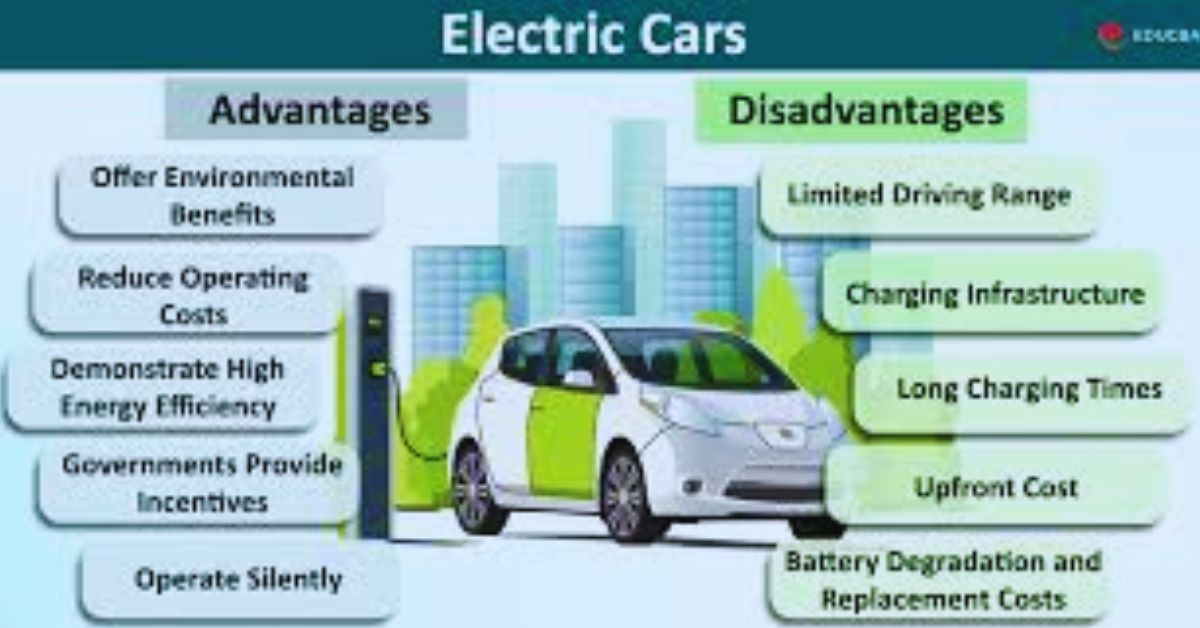Electric vehicles (EVs) have gained immense popularity in recent years, driven by advancements in technology, growing environmental awareness, and government incentives. One of the critical aspects of owning an electric vehicle is the charging infrastructure. Among various charging options, supercharging has emerged as a significant topic of discussion. This article explores the pros and cons of supercharging electric vehicles to help potential EV owners make informed decisions.
What is Supercharging?
Supercharging refers to a high-speed charging method that allows electric vehicles to recharge their batteries significantly faster than standard home chargers. Superchargers are typically found at dedicated charging stations, which can rapidly replenish a vehicle’s battery, providing hundreds of miles of range in just a matter of minutes. While this technology offers numerous benefits, it also comes with its own set of challenges.
Pros of Supercharging Electric Vehicles
1. Reduced Charging Time
One of the most significant advantages of supercharging is the drastically reduced charging time. Traditional Level 1 or Level 2 chargers can take several hours to fully charge an EV, whereas superchargers can achieve similar results in as little as 30 minutes. This convenience makes long-distance travel more feasible and less time-consuming.
2. Increased Range Accessibility
Supercharging enables EV owners to take longer trips without worrying about running out of battery. The extensive network of supercharging stations allows drivers to plan routes more confidently, knowing they can quickly recharge their vehicles along the way. This increased accessibility helps alleviate range anxiety, a common concern among potential EV buyers.
3. Enhanced Convenience
Supercharging stations are often strategically located near amenities such as restaurants, shopping centers, and rest areas. This allows EV owners to make the most of their charging time by taking a break, enjoying a meal, or running errands while their vehicle charges. Such convenience transforms the charging process from a mere inconvenience into a productive part of the journey.
4. Supporting Infrastructure Development
The growth of supercharging networks contributes to the overall development of EV infrastructure. As more supercharging stations are built, it encourages the adoption of electric vehicles. This, in turn, promotes further investment in renewable energy and green technologies, helping to combat climate change and reduce carbon emissions.
Cons of Supercharging Electric Vehicles
1. Cost Implications
While supercharging can be incredibly convenient, it often comes with a higher cost than traditional charging methods. Many supercharging networks charge drivers per kilowatt-hour, which can add up over time, especially for frequent users. Additionally, some manufacturers have introduced subscription models or fees for using their supercharging networks, further increasing the total cost of ownership.
2. Charging Station Availability
Despite the rapid expansion of supercharging networks, availability can still be an issue in certain areas, particularly in rural or less-populated regions. EV owners may find themselves struggling to locate a nearby supercharger, leading to potential delays and frustration. As demand for supercharging increases, it may become challenging to find open stations during peak travel times.
3. Infrastructure Strain
As the number of electric vehicles on the road continues to grow, the existing supercharging infrastructure may face strain. High demand can lead to overcrowding at charging stations, resulting in longer wait times for drivers. This could discourage potential EV buyers, as the inconvenience of waiting for a charging spot could outweigh the benefits of owning an electric vehicle.
4. Battery Degradation Concerns
Frequent use of supercharging can raise concerns about battery health and longevity. Rapid charging generates more heat, which can contribute to battery degradation over time. While modern EVs are designed to manage heat effectively, some owners may worry about the long-term impact of supercharging on their vehicle’s battery life.
Conclusion
Supercharging electric vehicles presents both significant benefits and notable challenges. The convenience of reduced charging times and increased accessibility makes it an attractive option for many EV owners. However, considerations regarding cost, availability, and potential battery degradation must be taken into account. As the electric vehicle market continues to evolve, supercharging will likely play a critical role in shaping the future of sustainable transportation. Ultimately, understanding both the pros and cons will empower consumers to make informed choices about their electric vehicle ownership experience.
